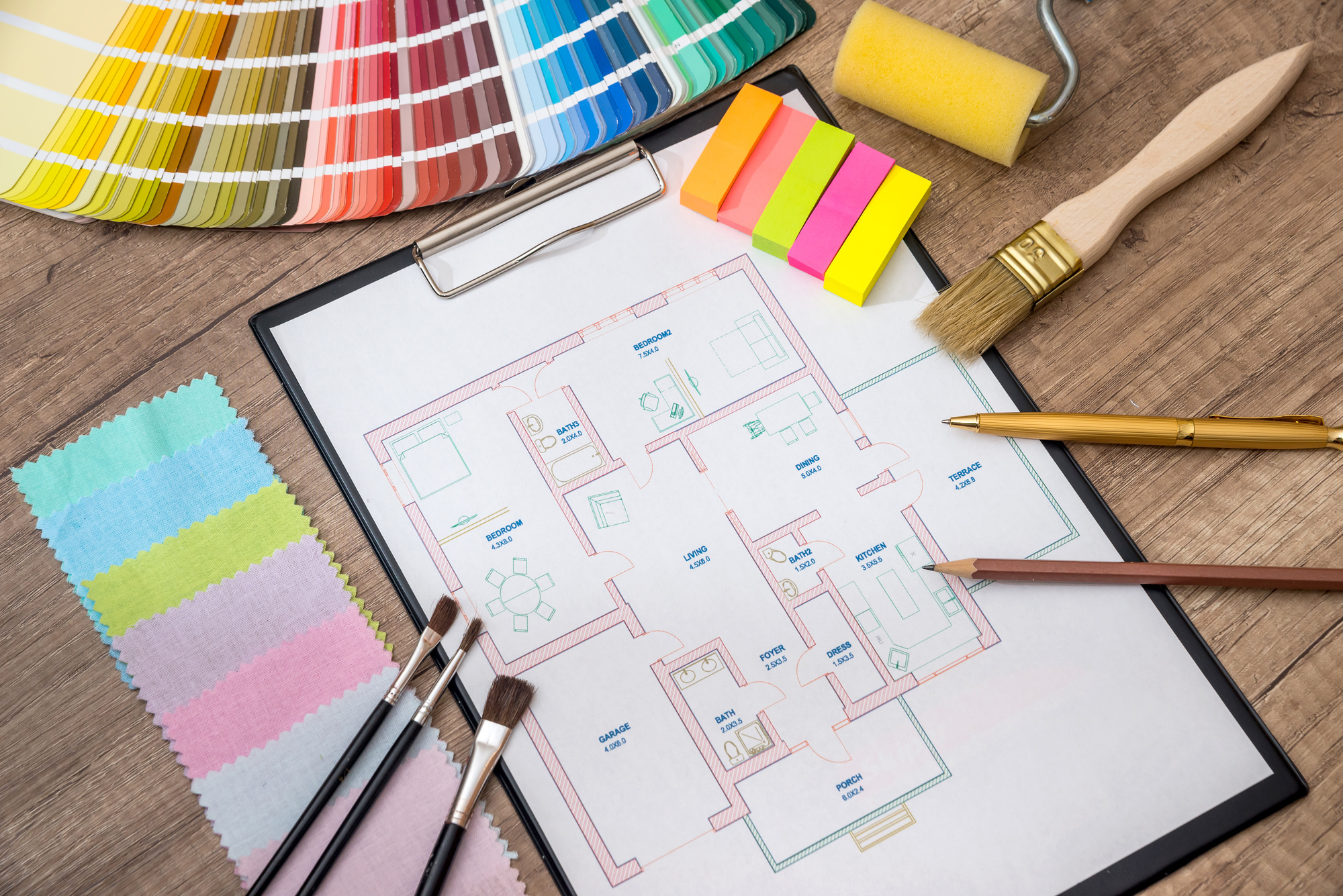
The interior design accounting process is a series of steps designed to make sure a designer is prepared for a project and that everything goes smoothly. The process includes drafting drawings, specifications, schedules and a critical path timeframe. It is also helpful to keep a detailed record of the progress of the project, including a breakdown of materials costs and a timesheet for each project.
Invoices: This is a task that can be tedious and time-consuming, but it is crucial for keeping your client informed about the cost of their project. Invoicing consistently, whether bi-weekly or monthly, ensures clients are aware of their current expenses and can ask questions about them. Read this article to the end, to learn more about bookkeeping process for interior designers.
Use an app or program that allows you to track your time and automatically add it to your invoices. This can save you a lot of time and prevent you from losing money by working without recording your hours.
Create a budget template to use for all your projects that you can update as needed. It can help you create a consistent cost structure and avoid the hassle of re-keying costs each time you ink a new contract with a client.
Get to know your vendors: A good interior designer knows their suppliers and has established a relationship with them that can result in discounted rates and referrals. Once you have developed a good relationship with your vendor, it can speed up the procurement process and ensure your design projects are completed on time and on budget.
Paying taxes and collecting rebates: As an interior designer, it is important to know the ins and outs of your tax laws and the tax regulations that apply to your industry. A good bookkeeper will be able to keep you up-to-date with any changes in the law and ensure you are paying all the appropriate taxes on time and getting all the rebates you deserve. They will also ensure you get great revenue recognition for interior design information.
Sales tax: This is one area where it is particularly crucial to be well versed as an interior designer, so you can avoid the pitfalls that often plague those in this field and get ahead of the game. Your bookkeeper will be able to help you identify which purchases are taxable and which can be claimed as a business expense.
Billing your clients: This is another task that can be time-consuming, but it is crucial for maintaining good financial health and avoiding the risk of having to refund your client’s invoice. If you do not bill your clients on time, it can be easy to lose a significant amount of money and end up with unpaid bills.
Maintain accurate records of your projects: As an interior designer, it is essential to record all the materials and furnishings you buy for your projects so you can invoice them correctly. This is especially important for larger projects where you will need to be able to invoice the client for the full cost of the materials, and if you do not keep accurate records, it can be difficult to verify the accuracy of your accounts.
Check out this link https://en.wikipedia.org/wiki/Interior_design for a more and better understanding of this topic.
